Maybe your kids are in the scouts, love to spend time outside, or have seen you using a pocket knife and are now asking for one of their own. But do they even make pocket knives for kids?
Yes, there are pocket knives for kids!
But, you might be asking, isn’t that dangerous? Yes, it can be, but the risks can be mitigated, and we believe that the benefits outweigh those risks.
We’re here to share our year of experience in the scouts and the outdoors to give you tips on helping kids use pocket knives as safely as possible. Kids are capable of learning to use them and being responsible for care.
Quick reference: the overall best pocket knife for kids is Opinel’s My First No.7 Children’s Folding Pocket Knife.
It is simple, easy to use, and sized well for a kid's hand!
In this post:
- Benefits of Using a Pocket Knife
- Teaching Kids to Use a Pocket Knife
- Rules and Safety Tips
- Buying Considerations
- Overall Best Pocket Knife for Kids
- Best Fixed Blade Knife for Young Kids
- Best Splurge Pocket Knife
- Best Budget Pocket Knife
- Additional Pocket Knives for Kids
- Taking Care of a Pocket Knife
- FAQ
We get commissions for purchases made through links in this post. As an Amazon Associate, we earn from qualifying purchases.
Benefits of Using a Pocket Knife
The knife skills that kids learn when they use a pocket knife can be applied to the outdoors and daily activities like food prep. This builds independence by giving them life skills. What they’re learning is directly connected to their everyday activities.
Using knives also aids in physical development. Kids are building muscle, motor skills, and eye-hand coordination.
Next, the use of knives and real tools strengthens cognitive and emotional development. Kids build their focus, problem-solving, planning, and risk assessment skills. Knives can be dangerous and allow kids to engage in a risky activity.
Research is showing that risk-taking is essential in the development of kids. They try scary or difficult things and learn to manage those situations while gaining confidence, persistence, and resilience.
Finally, kids take immense pride in what they can make and do independently. They feel capable, and this, too, builds confidence.
Teaching Kids to Use a Pocket Knife
Pocket knives are sharp, and you should train kids to use them properly. Safety comes from proper knife handling. It is important to communicate to children the need for respect and thought when using a knife. Here are some steps to help kids get ready to use a knife.
• Introduce a plastic training knife?
There are plastic and wood training knives that you can use to teach kids about folding pocket knives, but we aren’t big fans of them. We feel they don’t teach kids much about using a knife. We once saw a young toddler chewing on a plastic training knife. To him, it was just a toy, and he certainly wasn’t learning about knives.
A plastic knife has a different weight and feel in the hand than a real knife. Kids can practice opening and closing the blade safely, but even that will have a different feel from a real knife.
If you think your kids need a plastic knife, it’s a good indication that they’re not ready for a pocket knife, and you should wait. There are other things you can do instead. In their early years, kids can learn a lot by watching you model good knife skills, even if you never comment on the things you’re doing.
• Kids can practice cutting food.
Kids can learn about cutting BY cutting, and the kitchen is a great place to start! Kids can experience the force needed to cut various food items.
Our preschoolers use butter knives and crinkle cutters for spreading, smearing, and chopping. They learn how much force they need to use when cutting a banana versus a carrot and how to keep their fingers safely away from the blade. They’re developing muscular control. It also has the added benefit of involving them in food prep.
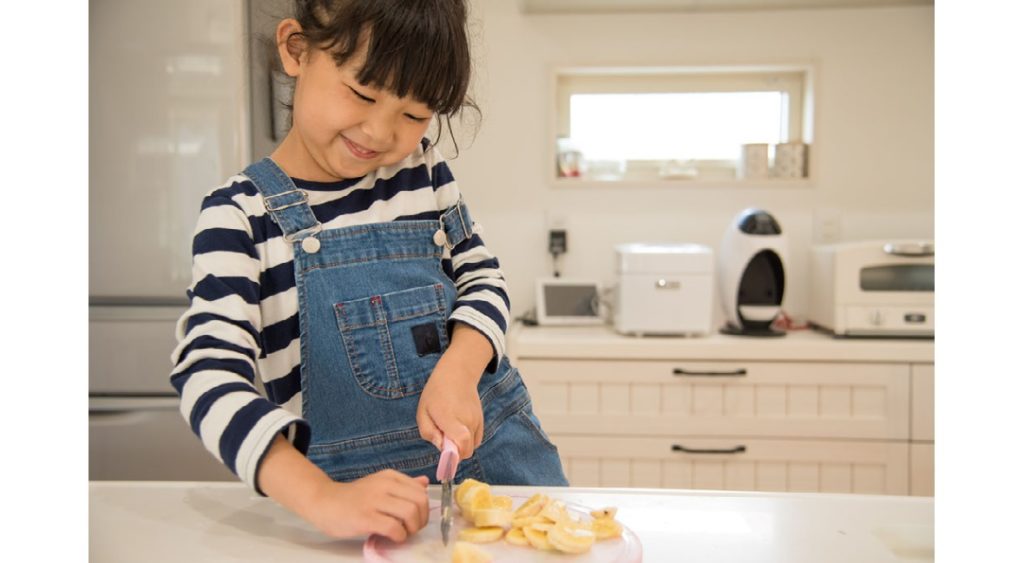
Kids can begin with a butter knife, spreader, or crinkle cutter and then advance to a sharper blade as they develop their skills. Many great kitchen products are geared toward kids. Check out our favorite kitchen knives for kids.
• Kids must learn knife safety rules.
Make sure that kids know and understand the rules of using a knife and what will happen if they cannot follow them. We have listed some rules below. Feel free to add any additional rules that apply to you and your family. For example, maybe you keep the pocket knife in a special drawer, and your child must ask before using it.
Take some time to consider how and when you’d like your kids to use and have access to knives. Make those guidelines clear to kids. You can revisit the policies every so often to keep them in line with the developing skill level of your kids.
• Kids must learn how to open and close the knife.
If you have a folding knife, opening and closing the knife is the first step in learning how to use it. Very young kids will naturally have the instinct to grab the whole blade to help it open, which can cause severe cuts.
The two girls in this video give an excellent brief explanation of opening and closing a pocket knife.
• Teach kids the proper grip.
Teach kids to use a closed fist single-handed grip. This grip is the most secure way for them to hold their knife. It’s important that they do not place their thumb on the blade as this can cause non-locking knives to close on their fingers. It also leads to blade instability because it is inherently less secure of a grip.
• Finally, kids are ready to make their first cuts!
The above steps may take only a few minutes or repeated practice sessions. Once your kids know the rules, can open and close the knife, and can hold it correctly, they’re ready to begin making some first cuts. They can start by stripping bark off sticks and sharpening the ends into points or chopping snacks while out on a family hike.
Rules and Safety Tips
1. Knives are tools, not toys or weapons. Kids must learn to treat knives with respect and to use them responsibly. This will help prevent injury to themselves and others.
2. Cut away from yourself. This includes cutting away from your body and your other hand. This will ensure that kids won’t cut themselves when the knife slips.
3. Keep a safe distance from others. Ensure that no one is within arms reach in any direction before beginning to use the pocket knife.
4. Knives are just for cutting. Don’t use a knife blade as a screwdriver, a hammer, or to pry things. This can break or damage the blade. Also, this means no throwing knives.
5. Close or sheath the knife when not in use or before passing it to someone else.
6. Only use a sharp pocket knife. This might seem a bit counterintuitive, but a dull knife requires lots of force to cut, and it can cause greater injury when it slips. You should check knives often to ensure that they are nice and sharp.
7. Kids must tell an adult if they cut themselves. This is a fundamental rule for kids to know! Sometimes, kids try to hide a knife injury from adults for fear that adults might take their knife away. Instead, they must understand the importance of getting help and brainstorm solutions with adults for safer knife handling in the future.
8. Don’t carve into living trees. Cutting into a living tree can cause injury, damage and even kill a tree in extreme cases. It also leaves behind unsightly markings (nature is ours to share, not deface). It is essential only to use fallen sticks and branches for carving.
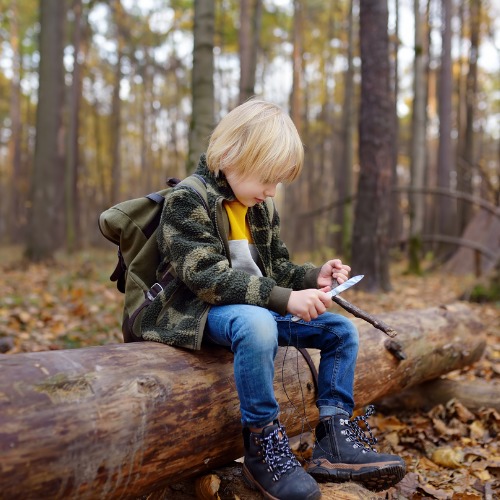
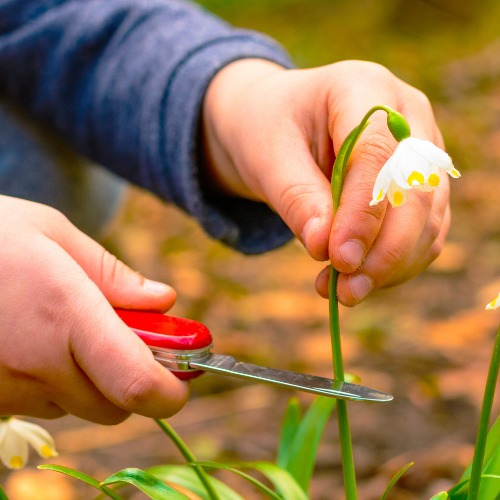
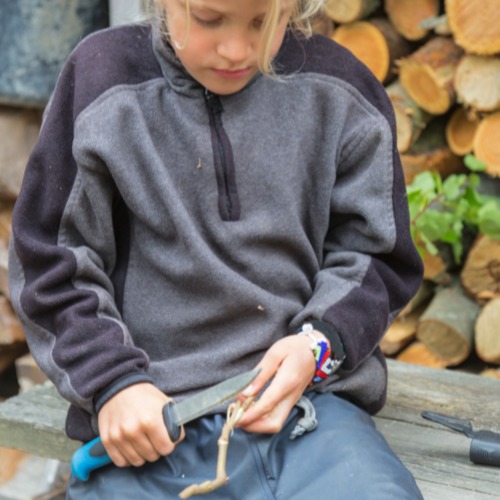
Buying Considerations
1. Pocket Knife Size
Size is the primary consideration when buying a pocket knife for kids. More important than whether the knife is kid-specific is how well it fits in their hand. Many “adult” knives are great options for kids.
You want to make sure that you buy a knife that is not too small or too big as both are hard for kids to grasp and control. You want a knife with a handle that is about the width of the palm of their hand. A knife this size will be most manageable for kids to hold securely.
2. Fixed Blade vs. Folding Blade
A fixed blade knife fits into a sheath when not being used. It has no moving parts and cannot fold up on fingers. All kids must do is remove it from the sheath.
A fixed blade knife is not as compact as a folding knife, but often young kids will not be carrying the knife around when first learning. It can be tricky for kids to return to the sheath, which is usually when kids cut themselves.
A folding knife folds in half when not being used. It benefits from not needing a sheath and is small enough to fit nicely in a pocket. Kids will need to learn how to safely open and close the knife and practice keeping their fingers out of the way.
Both are good options for kids, and it will come down to preference and what you think will be best for your kids.
3. Locking Blade vs. Nonlocking Blade
We recommend making sure any folding knife you pick has a locking blade. This locking mechanism will ensure that the knife cannot fold up onto kids’ fingers while they’re holding the handle. This makes a locking blade a much safer option for kids and necessary for activities like whittling.
4. Textured Handle
Kids are somehow always a bit slimy, so having a grippy knife handle can be helpful. This will allow kids to hold the knife firmly and keep it from slipping during use. For this reason, we don’t recommend Swiss Army Knives. They’re small and slippery in the hand of a kid.
Pocket Knives for Kids
Here are our favorite pocket knives for kids. All the knives on our list are made to cut things, aka real knives. Proper training and supervision are required.
Overall Best Pocket Knife for Kids
Opinel My First No.7 Stainless Steel Children’s Folding Pocket Knife with Safety Rounded Tip
This is our favorite kid-specific pocket knife. We’ve seen this knife used successfully in home and forest school settings.
It is easy to open, has a secure locking system, and is inexpensive. The unique locking ring doesn’t allow the knife to close while kids use it, making the blade extra safe.
The knife has a wooden handle, a round-tipped blade to help prevent puncture wounds and is well-sized for small hands. It is perfect for those looking for a simple first knife for kids. They can begin cutting and carving away under adult supervision.
It comes in 5 color options.
You can also buy a set that includes a belt holster if you’re looking for a way for kids to carry the knife around.
Blade length: 3.2 inches
Length when closed: 3 inches
Blade material: Sandvik(R) 12C27 Modified stainless steel
Locking blade: yes
Best Fixed Blade Knife for Young Kids
Morakniv Rookie Fixed Blade Knife for Kids
This fixed blade knife is sized well for kids and features a rounded tip and blade guard for added safety. It is an excellent first knife if you’re looking for a fixed blade for wood carving.
It comes with a plastic sheath that leaves a bit to be desired. We find that it isn’t the easiest for kids to use. They can struggle to return the knife to the sheath.
Blade length: 2.8 inches
Handle length: 3.7 inches
Blade material: stainless steel
Tang: rat tail tang
Sheath material: plastic
Best Splurge Pocket Knife
Spyderco Dragonfly 2
We love this knife and carry it often. While not a kid-specific knife, its size makes it an excellent fit for small hands. It is easy to open and close using the large hole in the blade and has an excellent blade to handle ratio. The handle is extra grippy (its best feature) and doesn’t slip even in the slimiest kid hands.
The pointed tip adds utility for those kids who can handle this feature.
It is much more expensive than the other knives on this list, but this is reflected in the quality and features. It’s an excellent option for responsible kids who will care for the knife and can be trusted not to lose it.
Blade length: 2.28 inches
Length when closed: 3.33 inches
Blade material: VG-10 Steel
Locking blade: yes
Best Budget Pocket Knife for Kids
Gerber Gear Paraframe Mini Pocket Knife
This knife is an inexpensive option when looking for a pocket knife that is a nice size for kids. It fits nicely in child-size hands and is compact for carrying. We love that, unlike most kid-specific knives, it has a pointed tip allowing responsible kids to do more with it.
The knife is easy to open and has a belt clip. The minimal design makes it lightweight for carrying around.
The blade can be difficult to close, and some kids don’t have the thumb strength to unlock it independently.
Blade length: 2.2 inches
Length when closed: 3 inches
Blade material: high carbon stainless steel
Locking blade: yes
Additional Pocket Knives for Kids
Morakniv Classic Scout 39 Safe Knife
This is another Mora knife that is made with kids in mind. Its small size, round-tipped blade, and double finger guards make it an excellent option for kids. The blade is high quality and extra sharp.
Blade length: 3.3 inches
Handle length: 3.6 inches
Blade material: 12C27 Sandvik Stainless Steel
Tang: rat tail tang
Sheath material: leather
Morakniv Wood Carving Junior
This kid’s knife is designed for wood carving, making it an excellent option for those kids looking to learn skills and do projects. The sharp tip allows kids to do more detailed work than other knives on this list.
The size of the knife makes it nice and manageable for kids, while the finger guard prevents cuts.
The plastic sheath is not the fanciest, and it takes some practice for kids to line up the finger guard with the slot and push the knife in.
Blade length: 3 inches
Handle length: 3.75 inches
Blade material: carbon steel
Tang: rat tail tang
Sheath material: plastic
Opinel Outdoor Junior No. 7
This is another kid-specific knife from Opinel with a slightly less rounded tip than the one above. The knife features a rubberized handle with a whistle built into its end.
The blade has a locking mechanism that can lock the blade open and lock the blade closed. The locking ring is extra secure but must be turned manually, and kids need to be reminded to do this before they begin using the knife.
Blade length: 3.2 inches
Length when closed: 3.8 inches
Blade material: Sandvik(R) 12C27 Modified stainless steel
Locking blade: yes
Victorinox Swiss Army Junior 9 Pocket Knife
While we aren’t the biggest fan of Swiss Army knives for kids, the contoured handle shape on this one helps to reduce some of the slippery aspects. Other kid-specific features include a locking blade with a rounded tip that helps to make the knife safer for kids.
It has a blade, wood saw, nail file, nail cleaner, screwdriver, tweezers, and a toothpick. It is perfect for those looking for multiple tools in one.
It takes a bit of strength to open and close the blades, which can be tricky for kids to do independently. Learning to unlock the blade takes some practice.
Blade length: 2.5 inches
Length when closed: 3.3 inches
Blade material: stainless steel
Locking blade: yes
Taking Care of a Pocket Knife
Sharpen often. Again, a dull blade is not only ineffective, but it’s also dangerous. Take the time to learn to sharpen the blade and make it an activity that you do with your kids.
Clean and dry the knife before storage. This will keep the blade sharp, working correctly, and allow the knife to close fully. Outdoor Gear Lab has some great tips for cleaning a pocket knife. Kids should be involved in this cleaning process and learn about the importance of maintaining their knives.
FAQ
1. At what age can kids begin using a pocket knife?
There is no hard and fast age that every kid will be ready to use a pocket knife. It has much more to do with maturity and their ability to handle the knife safely. Kids need to follow instructions and have adequate motor control to use a knife.
Watch your kids at the dinner table and see how well they use a fork and knife. Control of these basic tools is a step in the direction of controlling a pocket knife.
It also depends on what you’d like kids to do with the knife. Stripping bark under supervision is much different than independently carrying the knife and using it at will. We have seen preschoolers begin to use knives to strip bark and sharpen sticks, and kids as young as 8 or 9 use knives on their own.
2. What supervision do kids need when using a pocket knife?
That’s entirely up to you. If your child can follow instructions and be trusted to obey the limits you have set regarding handling and using the knife, they should be fine on their own. It is important to actively assess what kind of supervision your child will need as it will change with time.
3. What can kids do with a pocket knife?
Kids can use a pocket knife whenever they need to cut things outdoors. This might mean cutting a stick, rope, or food for a snack. They can also use a knife for whittling. Your kids may have an interest in carving and doing fun projects. Youtube videos or a book like Weekend Whittling For Kids And Parents or Easy Wood Carving for Children can help them advance their skills.
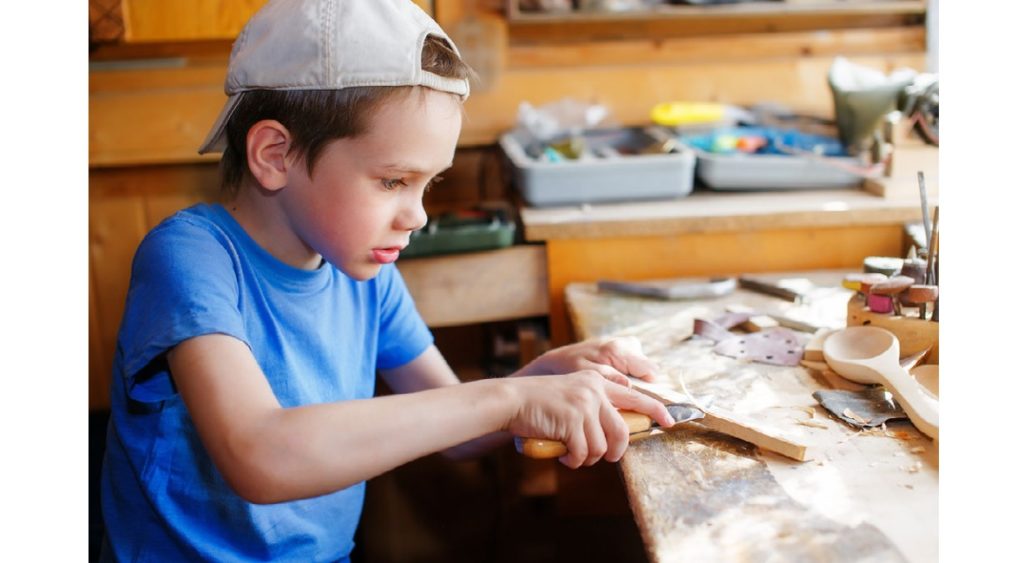
4. Won’t my kid cut themself with a pocket knife?
Yes, they most certainly will. A knife is still a knife no matter how safe we try to make it. Even adults cut themselves every so often while chopping vegetables. It is essential to access when kids are ready for a pocket knife and give them the training and supervision they need to be most successful.
But you must understand that accidents will happen as part of the learning process and that kids will be ok. If your child cuts themselves while using their pocket knife, it’ll be important not to scold them, instead, talk about what could be learned from the incident. Nothing will make them more prone to sneaky behavior and not coming to you in an emergency than the fear of being punished.
Final Thoughts
Pockets knives are a fun tool that kids can use with proper training, guidance, and supervision. It’s important to find the right pocket knife and maintain it well.
What’s your favorite pocket knife for kids?
- Looking to get your kids outside on a rainy day? Read: Best Kids Rain Gear: Kids Rain Suits & Boots

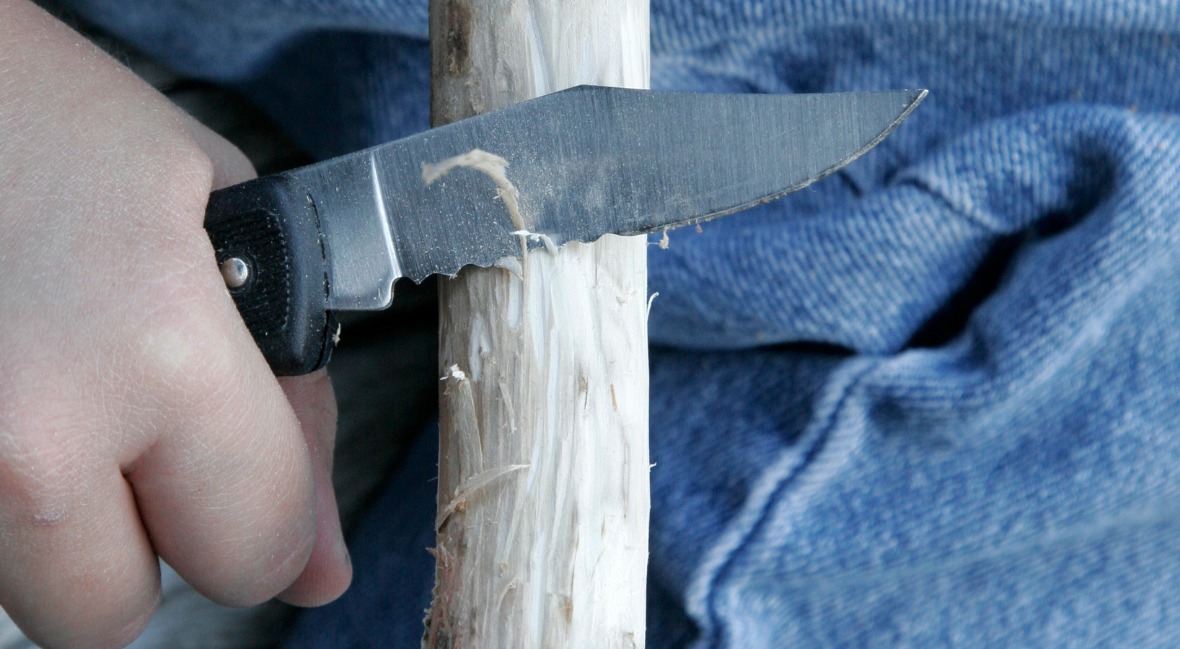


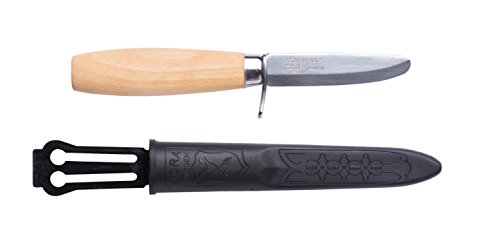






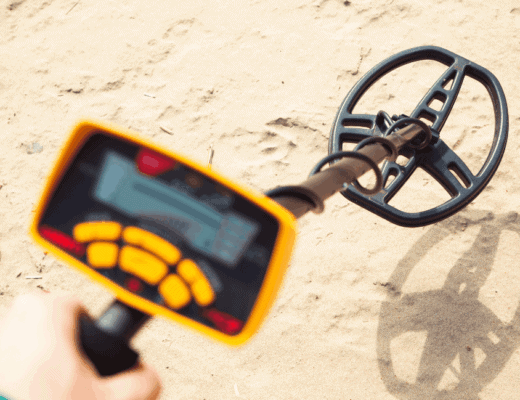
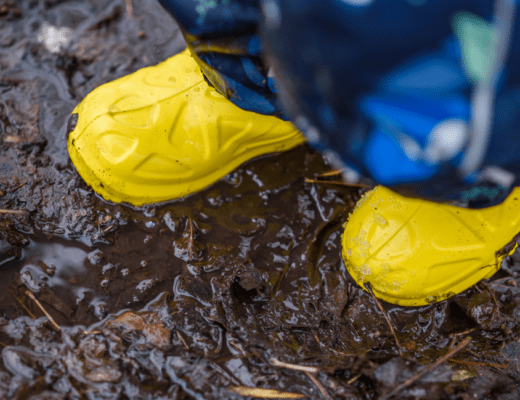



No Comments